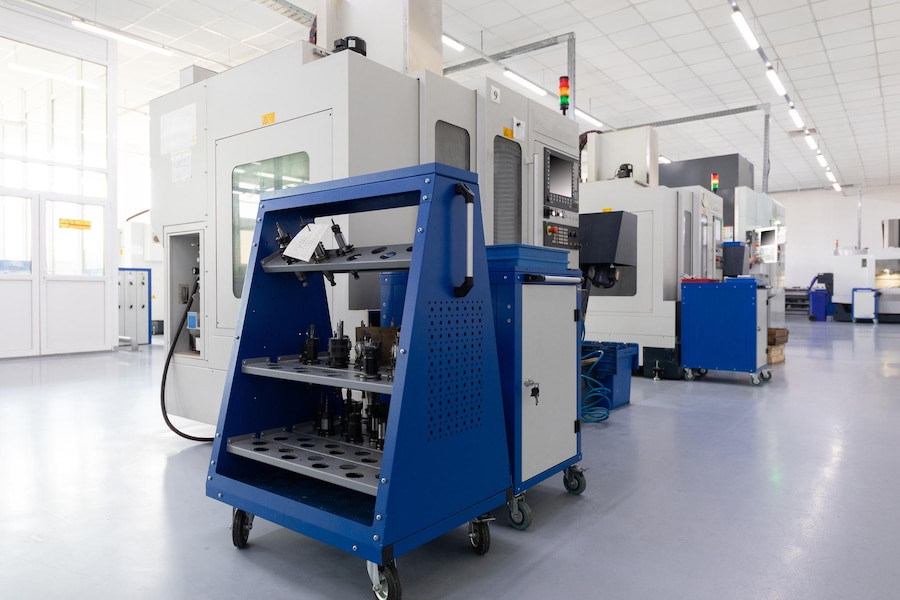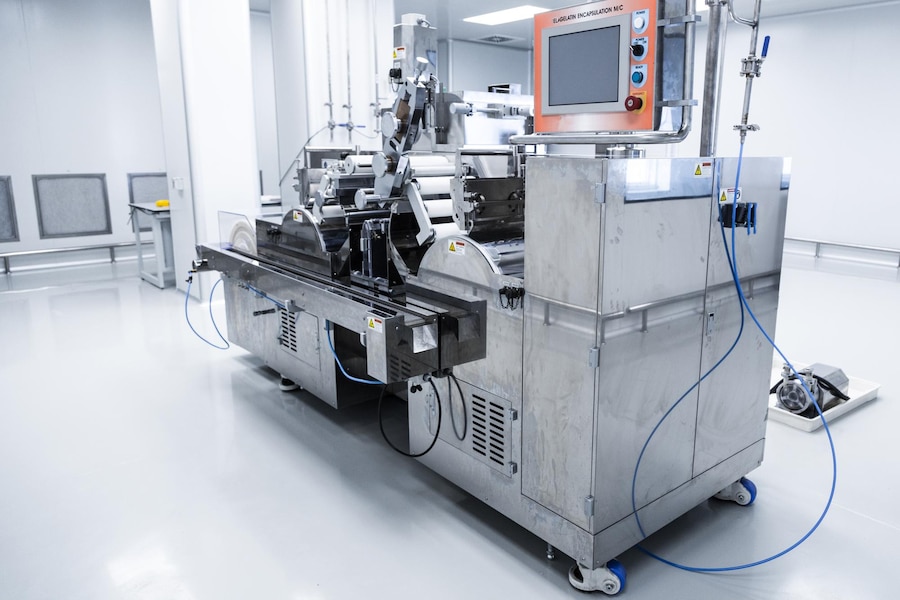In the world of precision manufacturing, the choice of machinery can make a significant difference in production efficiency, accuracy, and cost-effectiveness. Among the top equipment options for large-scale machining tasks are bridge machining center and gantry machining centers. Both are designed for heavy-duty work, but each comes with its own set of advantages and is suitable for different applications.
What Are Machining Centers?
Before diving into the specific types, it’s important to understand what machining centers are. Machining centers are advanced machine tools that perform multiple operations, including milling, drilling, and cutting, in a single setup. These machines are often controlled by CNC (Computer Numerical Control) systems, allowing for high precision and automation in various industries, such as aerospace, automotive, and metalworking.
Two of the most common machining centers used for large-scale work are bridge machining center and gantry machining center. While they may look similar, they serve distinct purposes and offer unique benefits.
What Is a Bridge Machining Center?
A bridge machining center gets its name from the structure of the machine, where the workpiece remains stationary while the bridge—equipped with a spindle—moves horizontally across the part. The bridge typically moves along the X-axis, while the table (holding the workpiece) moves along the Y-axis. This movement allows for a highly controlled and precise machining process.
Key Features:
Fixed Workpiece: The workpiece stays stationary, offering stability during machining.
Bridge Movement: The spindle moves across the bridge in a horizontal direction.
Ideal for Large Parts: Best suited for long, heavy workpieces that require a stable base.
Precision: Offers a high degree of accuracy, making it ideal for parts requiring tight tolerances.
What Is a Gantry Machining Center?
In contrast to the bridge design, a gantry machining center features a moving table on which the workpiece is mounted. The spindle is attached to a large overhead structure that resembles a gantry crane, which moves vertically, horizontally, and longitudinally over the workpiece. This setup allows for machining over a large surface area, often making gantry centers ideal for very large workpieces.
Key Features:
Movable Workpiece: The table holding the workpiece moves along multiple axes.
Gantry Structure: The spindle moves across the gantry in three directions, offering greater flexibility.
Suitable for Massive Parts: Used for extremely large workpieces that are difficult to move manually.
High Flexibility: Provides the ability to handle complex shapes and dimensions.
Key Differences Between Bridge and Gantry Machining Centers
While both bridge and gantry machining centers serve the purpose of machining large and heavy workpieces, they have several key differences in terms of structure, functionality, and suitable applications.

Machine Design and Structure
- Bridge Machining Center: In a bridge machining center, the workpiece remains fixed while the bridge and spindle move across it. The X-axis movement is typically handled by the bridge, while the table moves along the Y-axis.
- Gantry Machining Center: A gantry machining center, on the other hand, features a gantry or overhead structure that moves across the workpiece in multiple directions. The workpiece itself can also move along the table, allowing for machining on multiple sides.
Workpiece Movement
- Bridge Machining Center: The workpiece remains stationary, which offers more stability and is ideal for long, heavy parts that should not be moved during machining.
- Gantry Machining Center: The workpiece moves along the table, which provides more flexibility and allows for machining complex shapes and dimensions. This is especially useful when working with massive workpieces that would otherwise be too difficult to reposition manually.
Precision and Stability
- Bridge Machining Center: Due to the stationary nature of the workpiece, bridge machining centers are generally preferred for applications that require extreme precision and tight tolerances. The fixed base offers more stability during the machining process.
- Gantry Machining Center: While gantry centers offer flexibility, they are also highly accurate, particularly for very large parts. However, for extremely tight tolerance jobs, bridge centers may be a better fit due to the stability provided by the stationary workpiece.
Size and Complexity of Workpieces
- Bridge Machining Center: Best suited for long but relatively simpler shapes that require high precision. These machines are typically used in industries like aerospace and automotive manufacturing.
- Gantry Machining Center: Ideal for massive, complex workpieces that require machining over a large surface area. Industries such as shipbuilding and wind turbine manufacturing often rely on gantry centers for their flexibility in handling large and irregular shapes.
Cost and Investment
- Bridge Machining Center: Typically, bridge machining centers are more affordable when compared to gantry centers. They are generally preferred for specific, high-precision tasks where the workpiece does not need to be repositioned frequently.
- Gantry Machining Center: Gantry machining centers are often larger and more expensive due to their increased flexibility and ability to handle massive workpieces. However, the investment can be justified if your industry requires handling of complex, large-scale machining tasks.
Which Machining Center Is Right for You?
Choosing between a bridge machining center and a gantry machining center depends on several factors, including:
- The size and complexity of your workpieces
- The level of precision required
- Your budget
- The type of material you’re working with
If you need extremely precise machining on long, heavy workpieces with simple shapes, a bridge machining center may be the best option. However, if you require flexibility in machining large, complex parts across multiple axes, a gantry machining center is likely a better fit.
Final Thoughts
Both bridge machining center and gantry machining center have their own unique advantages and applications in the world of precision manufacturing. Understanding the key differences between these two types of machines will help you make the best choice for your production needs, ensuring you achieve the highest levels of precision, efficiency, and cost-effectiveness. Whether you’re focused on stability and precision or flexibility and capacity, selecting the right machining center is crucial for optimizing your operations

